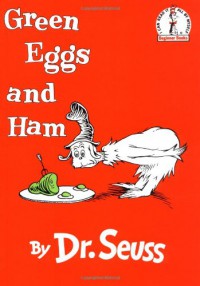Stellaluna

Stellaluna is the story of a baby bat who is separated from her mother. Stellaluna is then raised by Mother Bird. Mother Bird tries to make Stellaluna behave lke bird, telling Stellaluna that she is not allowed to hang upside and that she must eat bugs like Mother Bird's baby birds. Stellaluna does as she is told until she meets another bat one night, who tells Stellaluna that she is not bird, she is a bat. Another bat soon realizes that this is her daughter, Stellaluna. Stellaluna is reunited with her mother and they fly off into the night. Stellaluna's baby bird friends follow her but soon realize that they are unable to see in the dark. Stellaluna and the birds remark about how alike, but unalike they are, and agree to continue being friends despite their differences.
This would be a great read aloud to pair with a science lesson on the characteristics of bats. Students could also be introduced to a nonfiction article on bats, and compare and contrast the two texts. This lesson combination would be great to do around Fall/Halloween.
Lexile Level AD550L

















